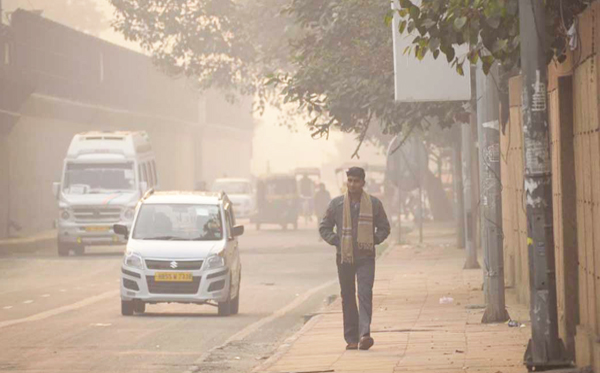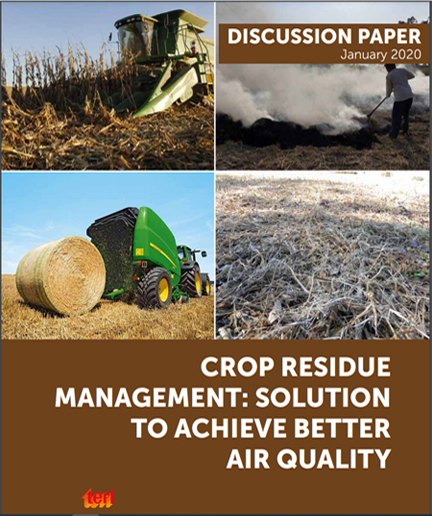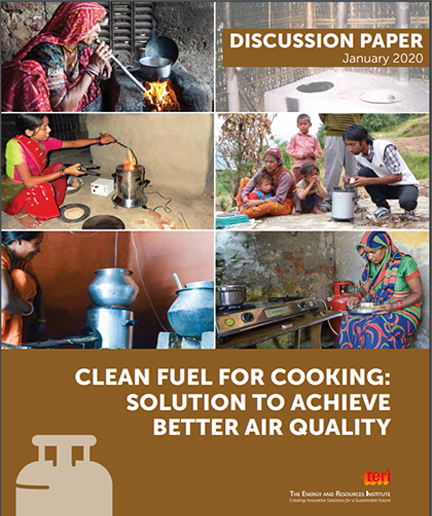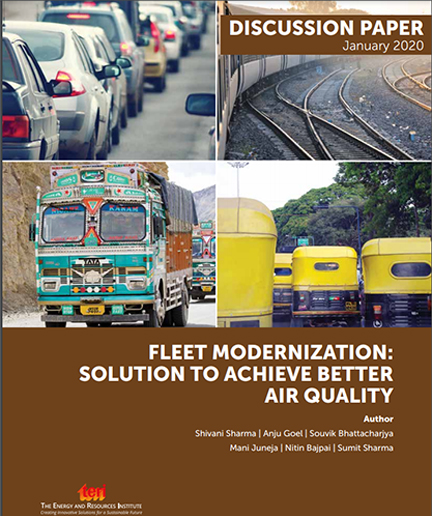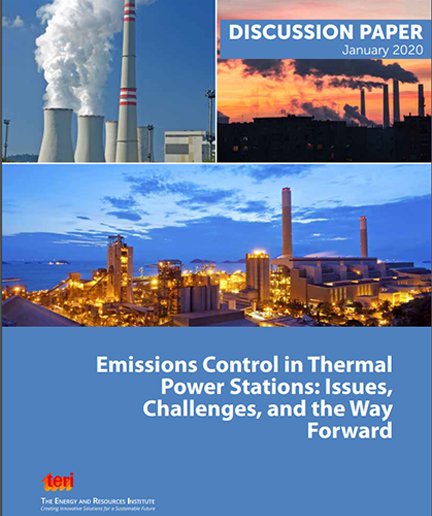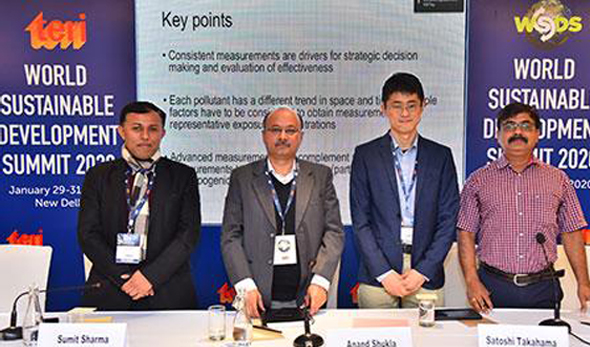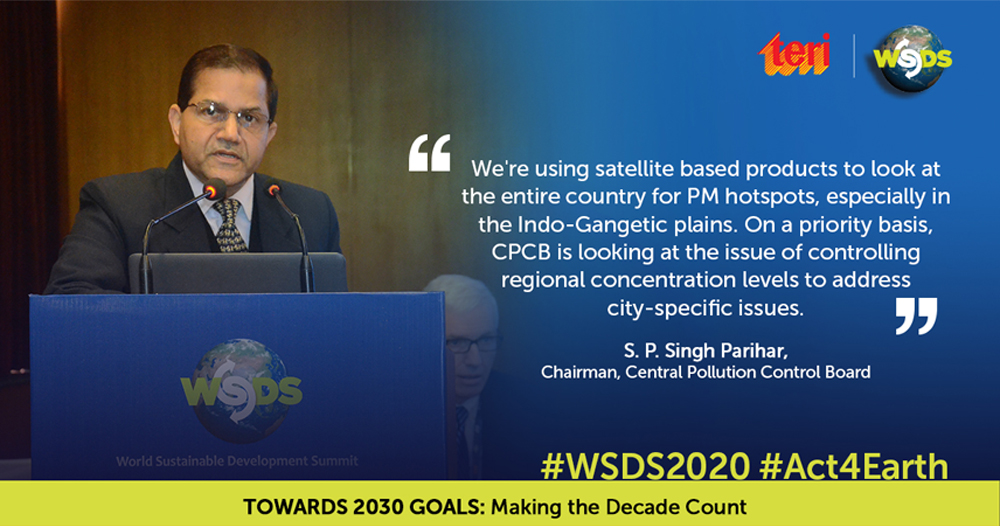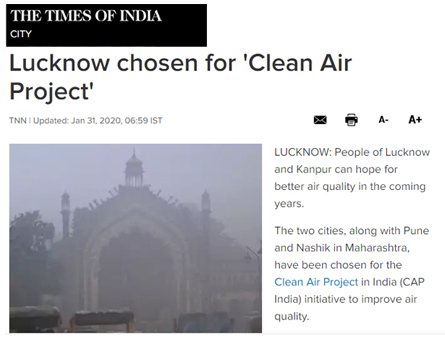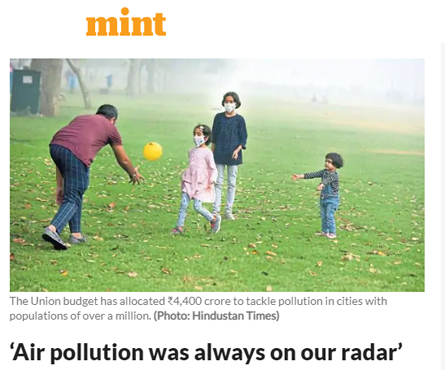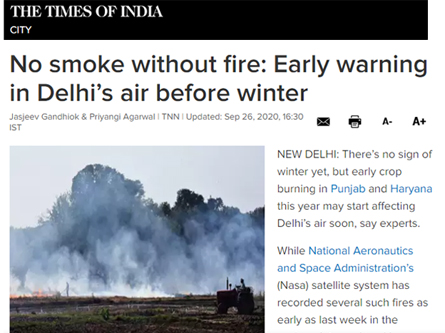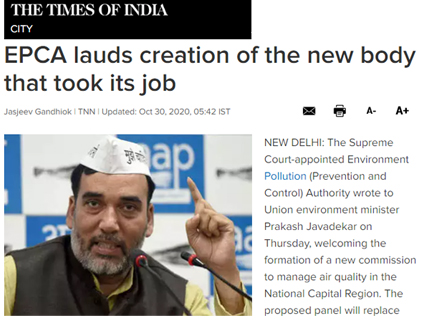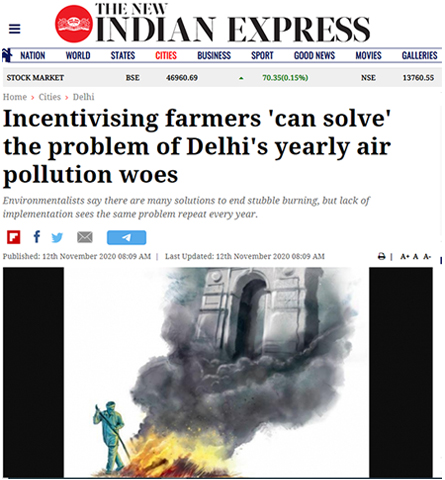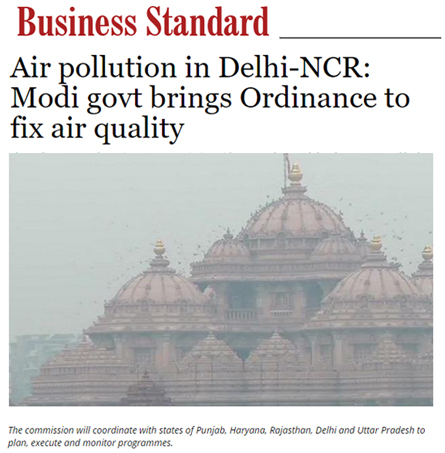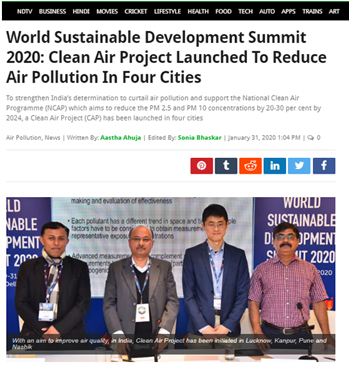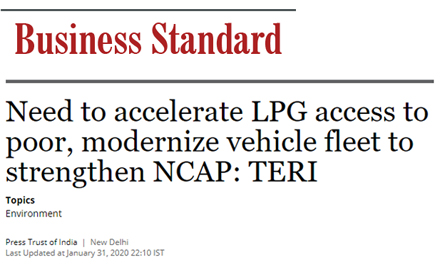Could the National Capital Region serve as a control region for effective air quality management in Delhi?
At the onset of winter when the crop residue in North India was ritually set on fire, it triggered alarming levels of ‘poor’ and even beyond ‘severe’ air quality in the region. As air does not follow administrative boundaries, pollution also does not occur in silos. The issue needs to be tackled at the regional 'airshed' level at which it is caused. Our analysis suggested that the National Capital Region (NCR) could form a good approximation for one such airshed boundary, and that tackling the much-scrutinized air pollution issue in Delhi would benefit from greater coordination at the NCR level.
